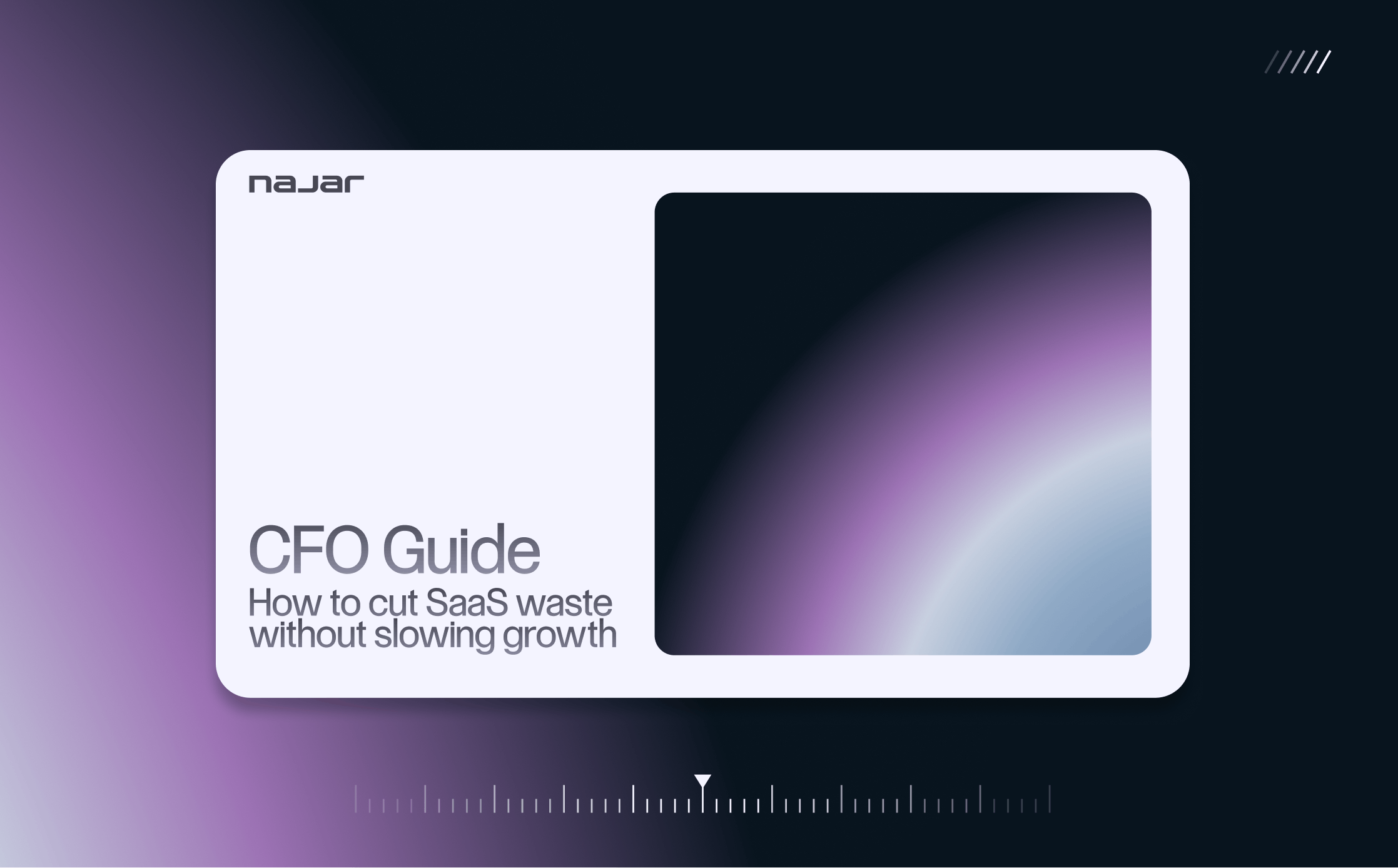This article was written by Silvr.
SaaS (Software-as-a-Service) businesses are based on a recurring revenue business model that is becoming increasingly popular in the technology world.
SaaS hosts an online solution and charges users on a subscription basis (mainly monthly or annually). Another source of revenue for solution publishers is add-ons. This is an additional source of revenue that does not cripple the various pricing bases, and offers greater flexibility for both the company and the user. All this has to meet a specific product market fit and need. These types of service can then be sustainable and controllable; however, if they are not properly managed, many uncontrolled expenses are likely to jeopardize revenues, margins and therefore the company's success.
Software as a Service (SaaS) has become a popular business model, with more and more companies turning to subscription-based services to generate revenue. However, as we approach 2023, it's important for SaaS companies to have a good understanding of the financial landscape in order to meet the challenges of expanding their business. In addition, breaking even is a crucial step for any SaaS business, and requires careful planning and execution. After all, developing a SaaS business involves a number of fixed and evolving costs. Starting with hosting and data storage, given that the solution is 100% accessible online; IT development and maintenance; marketing and sales services are paramount, as customer acquisition is the key to growth; and finally, potentially the cost of patents.
With all these expenditure items, one of the risks is not reaching the break-even point (BEP), the point at which total cost and total revenue break even, meaning no loss or gain for the company. What's more, due to the growing competitiveness of this market, financing and break-even have become major concerns for SaaS startups.
1- What are the risks of having poorly controlled expenses?
One of the risks for SaaS startups of not keeping their expenses perfectly under control is therefore not breaking even (BEP). Once a precise pricing strategy has been drawn up, sales become the core of potential success. Direct success thanks to revenues outstripping costs; but also more indirect with the company's financial health and what this conveys to external partners. Partners? Yes, those who are potential investors, whatever their form: banks, VCs, BAs... Showing greater speed in reaching the BEP is a sign of a good PMF and a functional business strategy. Conversely, poor company management and too many low-value-added expenses are inevitably a potential brake on unlocking new sources of financing (we're entering a vicious circle here).
What are the most important expenses to analyze and deal with?
First and foremost, an incompressible and often costly expense item is hosting. This cost is inherent to the as-a-service business, and its sheer volume makes it an area for optimization. Also, in terms of expenses, a major item is customer acquisition, and ultimately retention. As with the initial incompressible items, acquisition is expensive, but retention is revenue-generating. So SaaS, with a substantial rise in CAC, can jeopardize other investments in this area, and thus overall growth and the break-even target.
Break-even as a milestone
As you can see, breaking even is a key objective for any SaaS startup. The break-even point is the point at which a company's revenues cover its costs. To reach the break-even point, startups not only need to generate revenues, they also need to be prudent about costs and expenses. The break-even point is important for SaaS startups, as it indicates that the company can operate autonomously. Reaching the break-even point shows that the company has sustainable growth potential.
2 - What are the growth levers for SaaS in 2023?
To avoid this situation, companies need to find ways of optimizing and reducing their expenses, while retaining sufficient capital for growth initiatives such as marketing campaigns, etc. The means to achieve this are :
- Consider intelligent solutions that optimize software costs while reducing lead times and increasing customer retention rates. By doing so, you'll be able to set quantifiable targets, which you can then use for the next step (financing).
- Seeking financing from external sources (banks, VCs, BAs, neolenders, etc.)
- The right positioning of pricing according to parameters such as prices applied by competitors, the product, bundle offers...), we won't look at this option today.
Precise, ongoing analysis
Certain KPIs play a key role in the decision-making process and in the evolution of a SaaS model. Properly analyzing and understanding how your model is evolving in a market means optimizing your costs. With regard to the traditional SaaS financial model, what financial data should we look at?
- Fixed costs: these generally represent 50% or more of total SaaS expenses (payroll, programmatic access, bank charges, etc.).
- Target values: this section looks at how best practices in pricing and pricing structure can be used to improve financial efficiency and success.
- Projected budget: this covers all finance-related factors, including the number of target customers, the number of new paid subscriptions, etc.
Tools and resources for SaaS financing and growth
SaaS startups can use a variety of tools and resources to secure funding and help their business grow. Here are some of the most common tools and resources:
- Non-dilutive funding platforms: SaaS startups can use alternative funding platforms to obtain financing simply, quickly and on a repeatable model.
- SaaS optimization software (purchasing and management): SaaS startups often use SaaS themselves for their accounting, management... They therefore need financial management software to monitor their financial performance and make informed decisions. This is what we call SaaS procurement.
When it comes to cost optimization. Najar provides the expertise and support you need to negotiate your SaaS subscriptions and save up to 30% on these expenses. This saves time in contract negotiation and avoids the costs of overlapping subscriptions. As for Silvr, it's online access to non-dilutive capital within 48 hours. This type of financing makes it possible to invest in marketing without depleting the company's cash flow.
Neolending to preserve cash and get through the break-even period
With Silvr - Europe's first neolender - SaaS solutions can finance their business (cash burn, working capital, recruitment, R&D...) while preserving their capital and cash flow. At a time when capital is becoming increasingly expensive, one solution is to commit to short-term, non-dilutive financing. Thanks to data aligned with the company's actual activity, Silvr can finance and then refinance with a precise cyclical fit (seasonality, peak periods, unforeseen commercial opportunities). Directly, Silvr's Revenue-Based Financing and neolending offer the opportunity to finance, within 48 hours, expenditure items that weigh heavily on cash burn or capital. More indirectly, using alternative financing means being able to reactivate financing on demand, according to anticipated or more seasonal needs, and thus relieve working capital requirements. Moreover, by doing so, new financing opportunities are created.
Conclusion
The SaaS market is constantly evolving, offering opportunities and challenges for startups. SaaS startups need to understand the financial landscape to meet the challenges of growing their business in 2023. So several options exist to reach break-even this year, despite certain pitfalls in accessing funding. Reaching the break-even point is a key objective that can be achieved with the right strategies. With Silvr and Najar, you can finance your working capital requirements, which will be less voluminous, while optimizing your operating costs.




